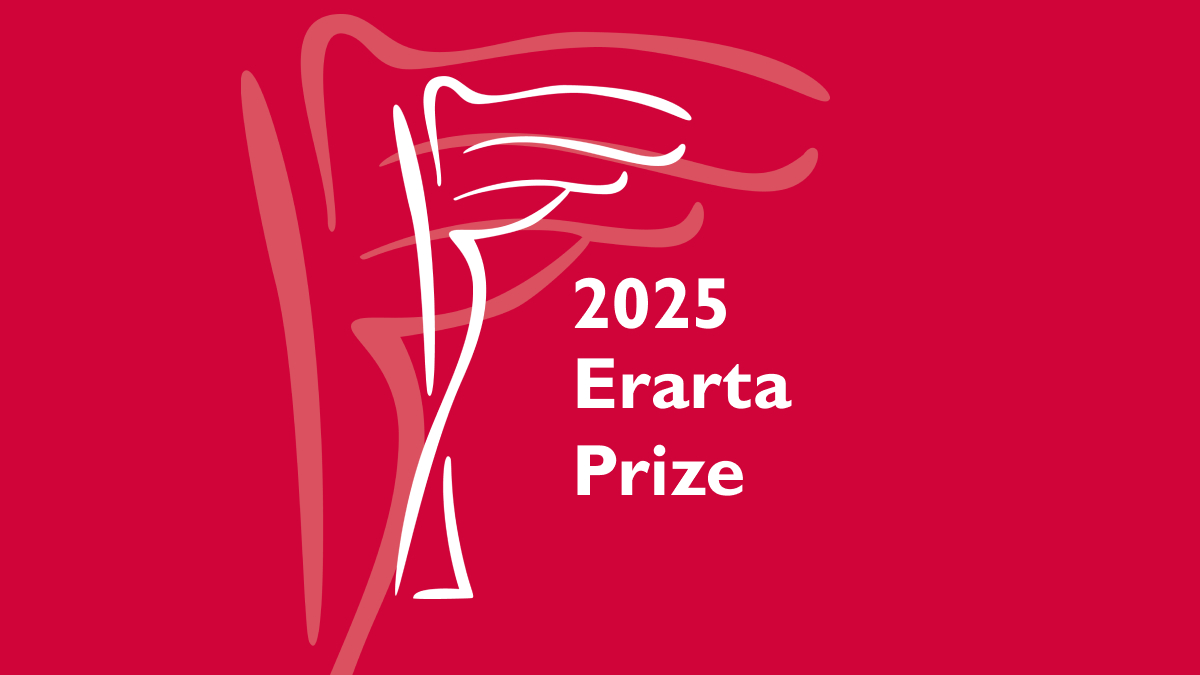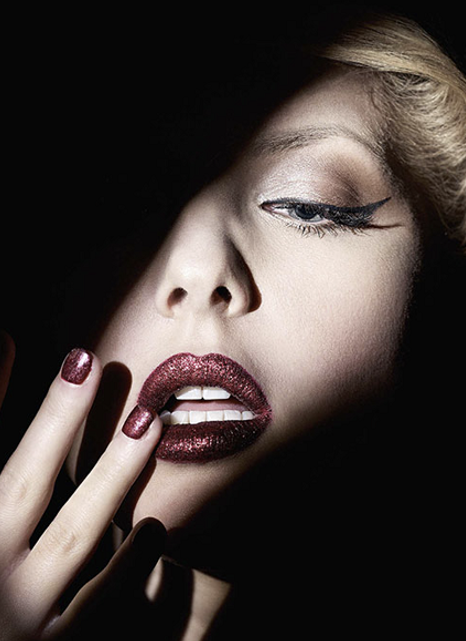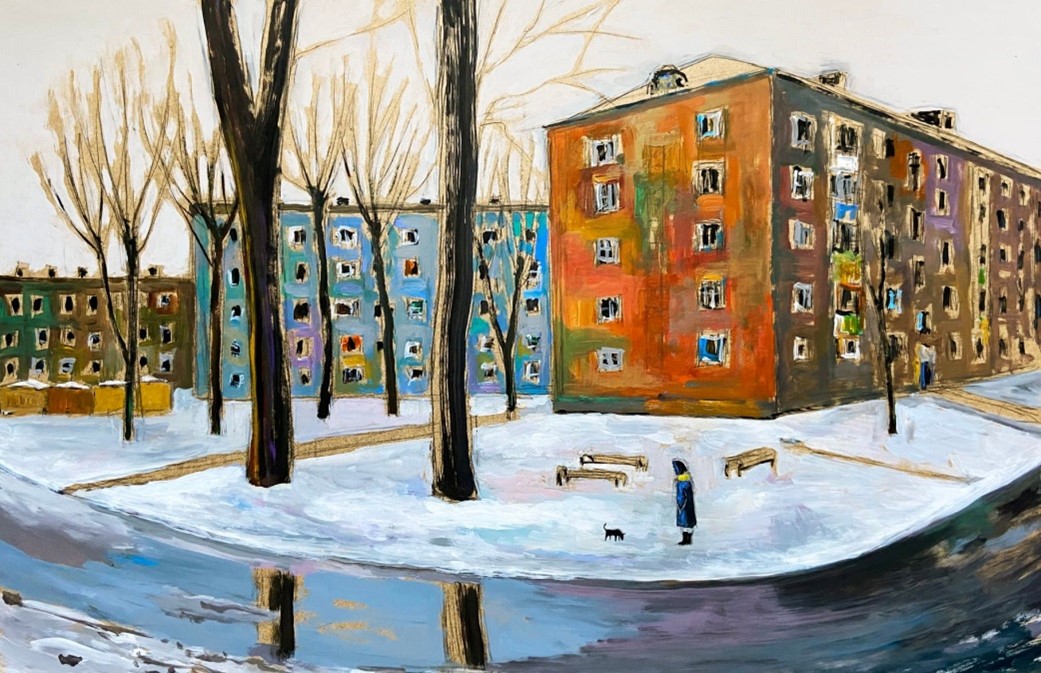Erarta Museum opens the first solo exhibition by Konstantin Benkovich in Russia
- Rebar instead of the pencil
- Pop culture symbols behind bars
- The works by the member of the high-profile “Art Riot” exhibition at the Saatchi Gallery
Pop Over is the first solo exhibition by Konstantin Benkovich in Russia. For a long time, the young author from Saint Petersburg has been trying to find himself as well as the answers to the questions crucial to any thinking artist: what is artistry and what can I contribute to it?
Benkovich received extensive artistic training at the Saint Petersburg Stieglitz State Academy of Art and Design, the school that brought up great authors able to create monumental artworks with decorative elegance. Benkovich sees the plastic art not only as the beautiful semblance of things, but as an essential cognitive tool that creates a new language. Any artist aware of being a creator is an upstart and daredevil who, with renewed vigour, reinvents the wheel.
The principal motif of Benkovich’s work is the grid. In 1978, Rosalind Krauss, a reputable American critic, wrote about the grid as a formative principle of modernist art. Her argument can be applied to Konstantin Benkovich’s oeuvre. The artist took the inspiration from Jasper Johns, who was mentioned in the Krauss’s article on the grids. Hopefully, any young author confronted with artistic tradition cannot inherit directly from it. He relives and therefore reinterprets the world through his personal experience. For XXI century artist it also means digesting the discoveries of modernism, including those grids.
Rosalind Krauss cleverly observes: “The bottom line of the grid is a naked and determined materialism”. Meanwhile, most theorists of geometric abstraction are always desperate to get into metaphysical world. The grid-like structures often mask the discourse about the unreachable divine harmony. However, for several decades now, the idealistic fantasies have little appeal to the artists, who choose more relevant subjects such as social criticism or discussions around “Art over Art”. The otherworldly spaces of chaos, cosmos or universe are replaced by the perceivable and devouring hyperreality. It is this “metaphysical” reality that interests Konstantin Benkovich, who acts as the whisperer in the chaos of the throbbing and flashy pop images. Konstantin Benkovich looks at the media-reality through the grid window in the same way the renaissance painters looked at the world through the grid of perspective.
Inspired by the influential tradition of concept art, Benkovich absorbs the toxic flows of information and strives to find the frozen absolute form in drawing. This structure receives its ultimate incarnation in steel rebar lines and can represent both the sacral cultural image and the news event that lives no longer than a week. The creation of the street object Pac-Man coincided with the catastrophic collapse of the ruble, the mortgage crisis and the protests of foreign currency mortgage holders. All of this took place quite recently. And yet, only those who have been affected by the events can accurately date them.
The artist casts his steel net into the vast ocean of information and fishes out from it the ethereal images. Even though these images are recognizable, their meaning is inscrutable since they don’t allow saying anything specific about them. Everybody's favorite Cheburashka is a case in point: it is not clear who it is.
By means of his perfectly concise plastic language, the artist makes this or that image freeze for a moment in the shape of the grid. When faced with the translation from the familiar and intrusive sign to the steel form, both the author and the viewer are able to examine their vision of the media-reality phenomena. Benkovich’s grids act as the perception traps, where the image loses its irritating colourful clothes. In this case, the cryptic metaphor becomes the essence. One can comprehend it not through the automatic emotional perception, but through something different, something that makes the lucky few admire the beauty of the algebraic equation.
In his work, Benkovich follows the dictate of rational thought and protest rhetoric, which partly offsets the modernist pathos. The artist offers obvious associations such as the grid – non-freedom, Cheburashka – Mickey Mouse, Russia –USA. This poetic world is reminiscent of a sign system, built on the principle of the binary opposition. Benkovich has transcoded the pop culture symbols by forcibly simplifying them. At the exhibition, the popular symbols seem burnt out and exposed. The exhibition title “Pop Over” suggests that the images have now lost their power. An image can no longer manipulate people’s consciousness, imposing a product, ideology or emotion.










